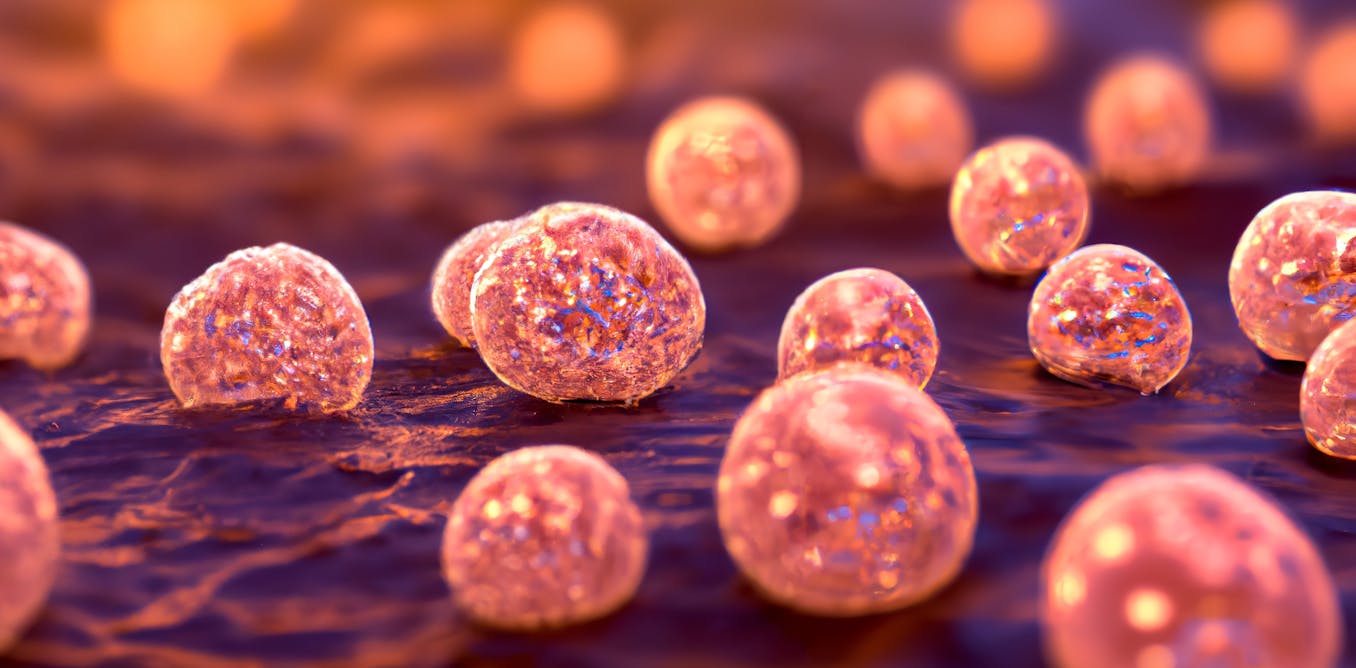Antibiotics are widely considered one of the most important advances in the history of medicine. Their introduction into clinical practice during the 1940s marked a major milestone in the control of infectious diseases, and these medicines have since improved human health and prolonged life expectancy.
Today, bacterial resistance to antibiotics has become a global threat, and presents a major challenge to medicine. Antibiotics’ extensive and often indiscriminate use in medicine, veterinary clinics and agriculture has created the ideal conditions for antibiotic-resistant bacteria to emerge.
However, this phenomenon is older than previously thought. Bacteria already had resistance mechanisms long before the discovery and introduction of antibiotics into clinical practice. This indicates that antibiotic resistance is a much more complex, widespread and deep-rooted ancestral evolutionary phenomenon than initially assumed.
Studies have documented antibiotic resistance mechanisms in micro-organisms isolated from natural habitats, where human influence is minimal or non-existent. These environments include deep underground layers and the ocean floor, as well as ancient environments such as isolated caves and permafrost.
Interestingly, many of the resistance mechanisms described in these untouched environments – whose origins date back thousands or even millions of years – are similar or even identical to those observed in present-day pathogenic bacteria. This suggests that the conservation and transmission of resistance mechanisms throughout evolution provides a selective advantage.
Surviving in the ice
The resistance genes found in permafrost samples from 30,000 years ago bear a striking resemblance to those found today. These strains were as resistant as more modern ones that have been observed to resist β-lactam antibiotics, tetracyclines and vancomycin.
Staphylococcus strains resistant to aminoglycosides and β-lactams have also been isolated from 3.5 million year old permafrost samples.
There are even older examples, such as Lechuguilla Cave in New Mexico, USA, an environment considered isolated for 4 million years. Nevertheless, a 2016 study found Streptomyces and Paenibacillus bacteria in Lecheguilla that were resistant to most of the antibiotics used in clinical practice today.
“Methicillin-resistant Staphylococcus aureus” is the full name for a multidrug-resistant bacterium that causes serious infections. A 2022 study concluded that certain strains were resistant long before the use of this group of antibiotics – it was their adaptation to hedgehogs infected by similar antibiotic-producing fungi that gave them a survival advantage.
An arms race to survive
Research has revealed that competition for resources and adaptation to different habitats were key factors in the evolution of antibiotic resistance.
In pre-drug environments, natural antibiotics not only played an ecological role in inhibiting the growth of competitors, but also supported the survival of producer species. In addition, very small amounts of antibiotics acted as communication molecules, influencing the interactions and balance of microbial communities.
This dynamic environment favoured the evolution of defensive strategies in antibiotic-exposed micro-organisms, whether antibiotic-producing or co-existing. This, in turn, drove the diversification and spread of resistance mechanisms over time.
However, the presence of these mechanisms in isolated, pre-antibiotic-era environments raises questions about how resistance has originated and spread throughout microbial evolution. The study of these processes is key to understanding their impact on the current antibiotic resistance crisis.
Looking forwards by looking backwards
It is now suggested that antibiotic resistance genes may have been transmitted first from environmental micro-organisms to human commensal organisms, and then to pathogens. This process of transfer from the environment to the human environment is random: the more prevalent a resistance mechanism is in the environment, the more likely it is to be transferred.
Reservoirs of resistance in the environment can accelerate bacterial evolution towards multiple drug resistance under antibiotic pressure. It is therefore crucial to consider the vast diversity of these resistance genes within microbial populations when developing or implementing new strategies to combat antibiotic resistance.
As Winston Churchill said, “the longer you can look back, the further you can look forward”. This reflection underlines the importance of studying the past in order to understand and anticipate future risks. Researching ancestral resistance not only provides information on the evolutionary history of resistance genes, it can also help us predict how they will evolve in the future.
This knowledge allows us to anticipate potential resistance mechanisms, which improves our ability to meet future challenges in the fight against antibiotic resistance.



